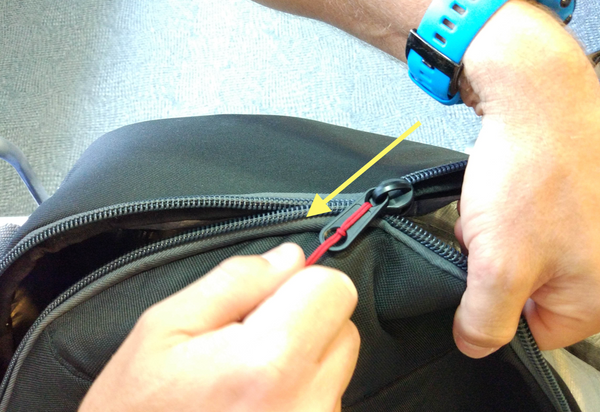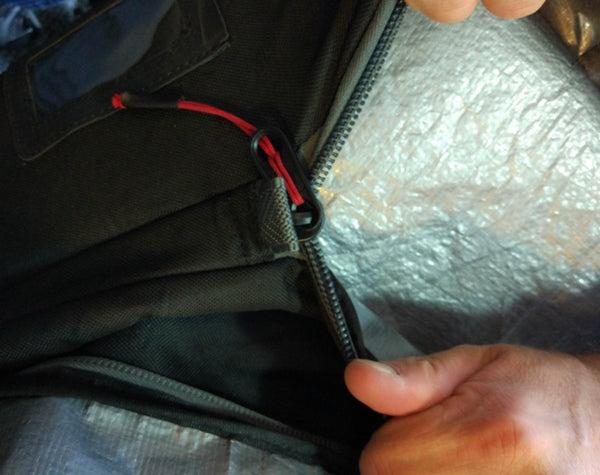Wetsuit Product Care
Neoprene degrades naturally over time, generally very slowly, through oxidization.
Oxidized material tends to contract and become stiffer. The effects of sunlight (specifically the UV ranges) and heat increase this process, with certain environmental pollutants also accelerating the effects. Suit lifetime is therefore a function of the amount of time it is exposed to light, heat and the elements.
Initial signs of degradation are the emergence of small splits / cracks across the outer surfaces of the suit that are most exposed to UV light (the shoulders, upper arms and back). These are caused by a contraction/hardening of the outer layer of neoprene, thereby losing its flexibility. Initial signs of degradation are to be expected after around 3 years of use, however environmental factors may reduce this expectancy.
The thermal performance of the suit is not dramatically affected by the initial stages of neoprene degradation. However, as the neoprene ages and the splits increase in size, eventually reaching through the suit, the insulation properties are reduced.
It is advisable to ensure that the natural aging of your suit happens as slowly as possible – essentially by reducing exposure to harmful factors. Here are a few tips:
- Keep the suit out of direct sunlight whenever possible. This includes during drying after use.
- Do not use heat to dry the suit (i.e. no tumble dryers, heaters, radiators etc.)
- Drip-dry only
Do not use your suit in chlorinated or chemically treated water (e.g. swimming pools) – the chemical can attack the neoprene, seams etc. - Always rinse with fresh water after use to remove any salt deposits, dissolved pollutants etc.
- Keep your suit clean and dirt free – mild detergents can be used but should be thoroughly washed off after use.
- Store your suit in a cool, dark place when not in use. Suits are best stored hung (to their full length) on a wide wood / plastic hanger or rolled. Folding / creasing suits can cause the neoprene to compress and distort.
- Avoid contact with sharp / abrasive surfaces (board grip, hooks, fins etc.). These can affect the stitched seams and certain types of outer jersey.
WETSUIT ZIPPER
A zipper is a mechanical device and as such it is vital that it receives regular care and maintenance in order to prolong its operational life. If cleaned and lubricated properly, you can expect the zipper to last a long time.
Here are some maintenance recommendations:
• Keep your zipper clean and free from debris, dirt, salt deposits etc.
• Never operate a dirty zipper – even when getting out of the suit. Sand, dirt etc. should be swept off before the zipper is opened / closed.
• Regularly lubricate your zipper with a specialist lubrication fluid and / or wax. Generally the wax will be applied to the outer elements and the fluid on the inner ones. Operate the zipper a couple of times to work the lubricants in. (NB the zipper must be thoroughly cleaned first)
• Store the suit with the zipper open.
• Never fold the suit so the zipper is creased – if not stored on a hanger the suit should be rolled with the zipper on the outside.
BOARDBAG CARE
The NeilPryde zipper's body has been fitted with an anti-corrosion zipper head, so no longer will your zipper rust or corrode due to salt and sand. If by any chance the zip slider runs off the track, please see our simple guide below on how to re-track the zipper:
Care tips:
- Make sure zipper is free from sand and dirt.
- Do not over pack your bag.
- Pulling the zipper too quickly around the corners may cause the zipper to get stuck.
- Do not force zipper when it's stuck. Pull backwards then forwards for a smooth motion.
1. Insert a Phillips screw driver #1 (approx 5mm diameter) into the front of the slider to widen the gap.








PRODUCT CARE
• Do not leave your paddle exposed to sunlight when not in use.
• Do not leave your paddle standing in sand.
• Avoid impacts with hard / sharp objects – we highly recommend the purchase of an NP paddle bag for protection during storage and transportation.
• Clean your paddle with fresh water after every session, and store in a shaded, dry place.

